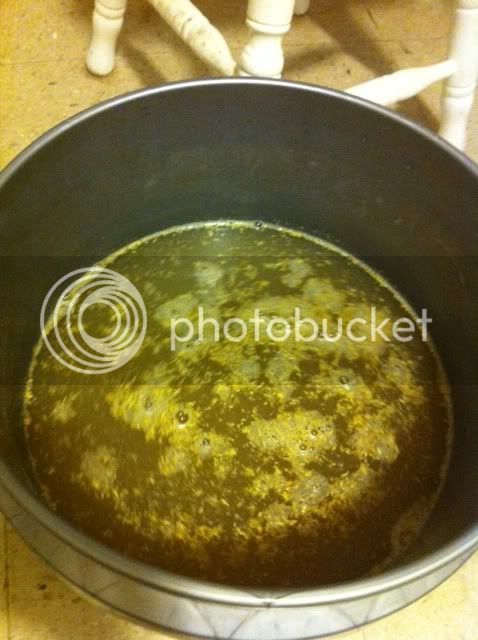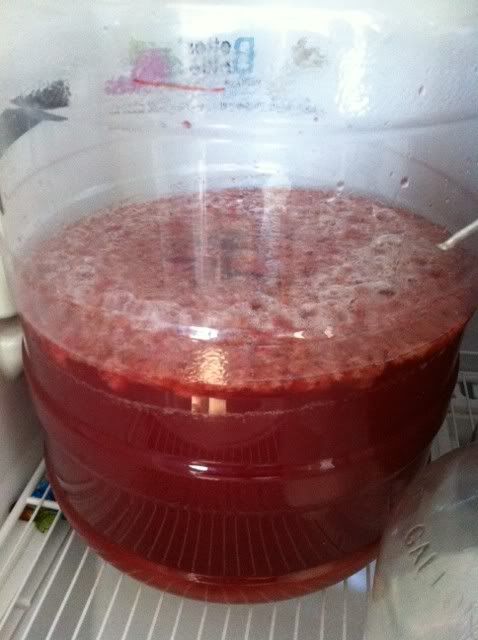GatorBeer
Well-Known Member
I'm craving a nice berliner weisse and have decided to brew one. I'm going to be doing a 3 gallon batch and wanted to create this thread to talk about my problems/successes as I brew this. I welcome any and all discussion.
The plan:
2# 2 Row
2# Wheat Malt
Mash for 60 minutes around 150F. Sparge and collect wort in bucket. Add a handful of crushed gain and place in incubator (fridge with heat lamp) and maintain at 110F as well as possible.
I'm planning on letting this sour for 4 days but I'll be tasting daily to see if I need to do it before then.
Once it is sour enough, boil for 15 minutes and hop with hallertau. Pitch liquid kolsch yeast and let ferment. After it is done, rack onto frozen raspberries.
I'm well aware of the risk of letting the pH get too low, I will have a hard time replicating the sourness because I am souring the wort, and the extreme smells that I'm about to experience.
I'm in it for the long haul and will post here as I see fit until I get my berliner right!
The plan:
2# 2 Row
2# Wheat Malt
Mash for 60 minutes around 150F. Sparge and collect wort in bucket. Add a handful of crushed gain and place in incubator (fridge with heat lamp) and maintain at 110F as well as possible.
I'm planning on letting this sour for 4 days but I'll be tasting daily to see if I need to do it before then.
Once it is sour enough, boil for 15 minutes and hop with hallertau. Pitch liquid kolsch yeast and let ferment. After it is done, rack onto frozen raspberries.
I'm well aware of the risk of letting the pH get too low, I will have a hard time replicating the sourness because I am souring the wort, and the extreme smells that I'm about to experience.
I'm in it for the long haul and will post here as I see fit until I get my berliner right!




